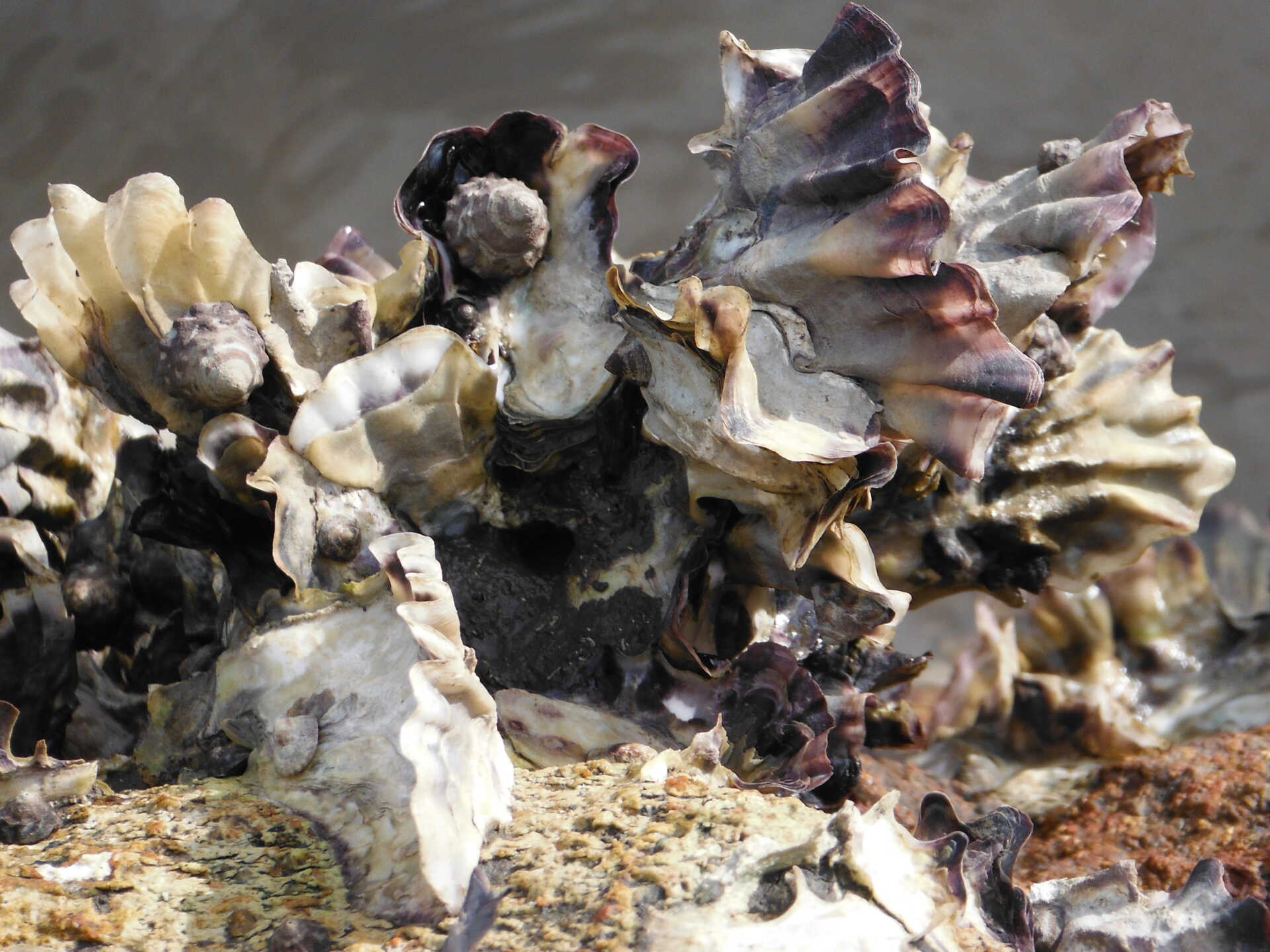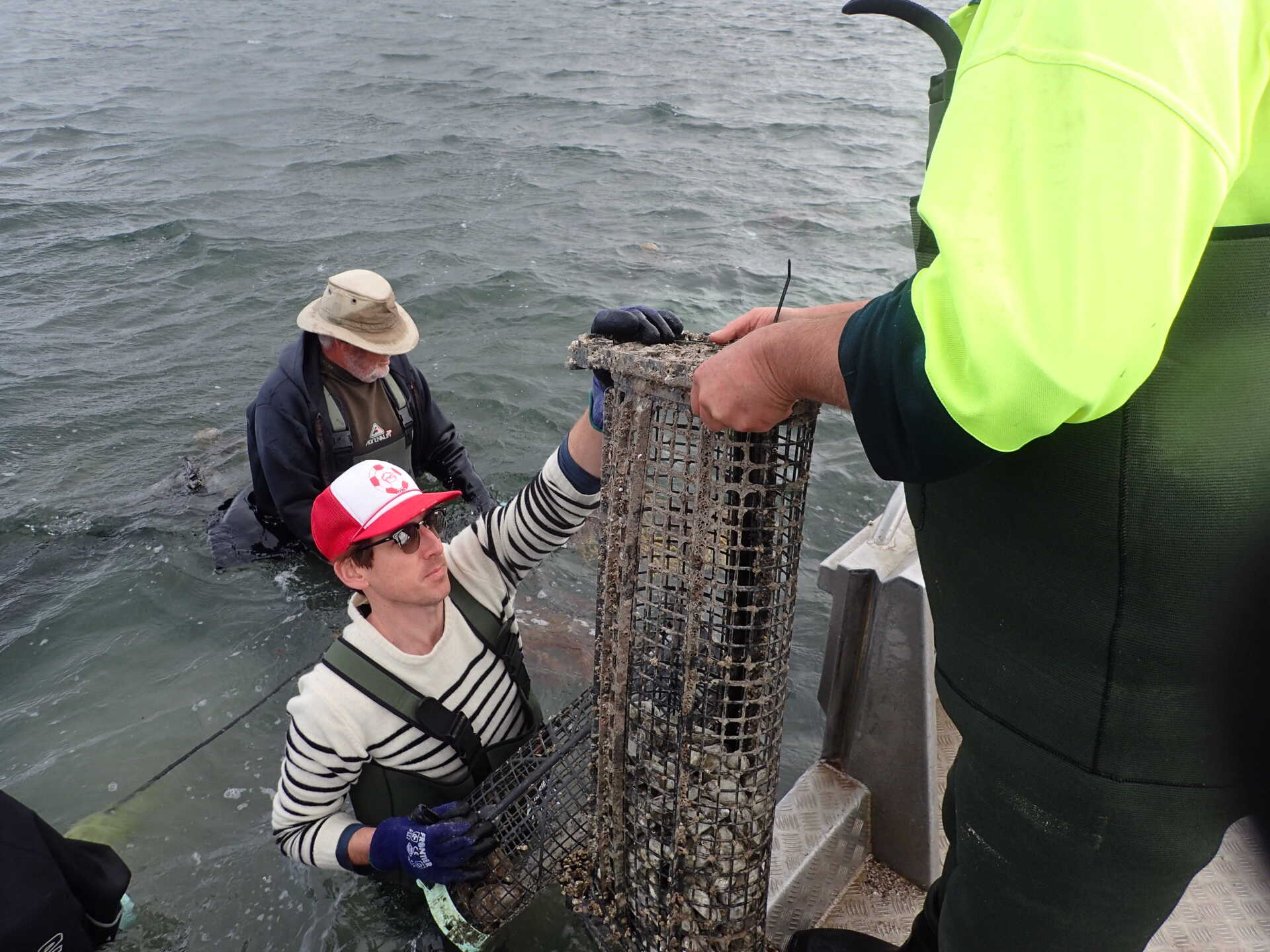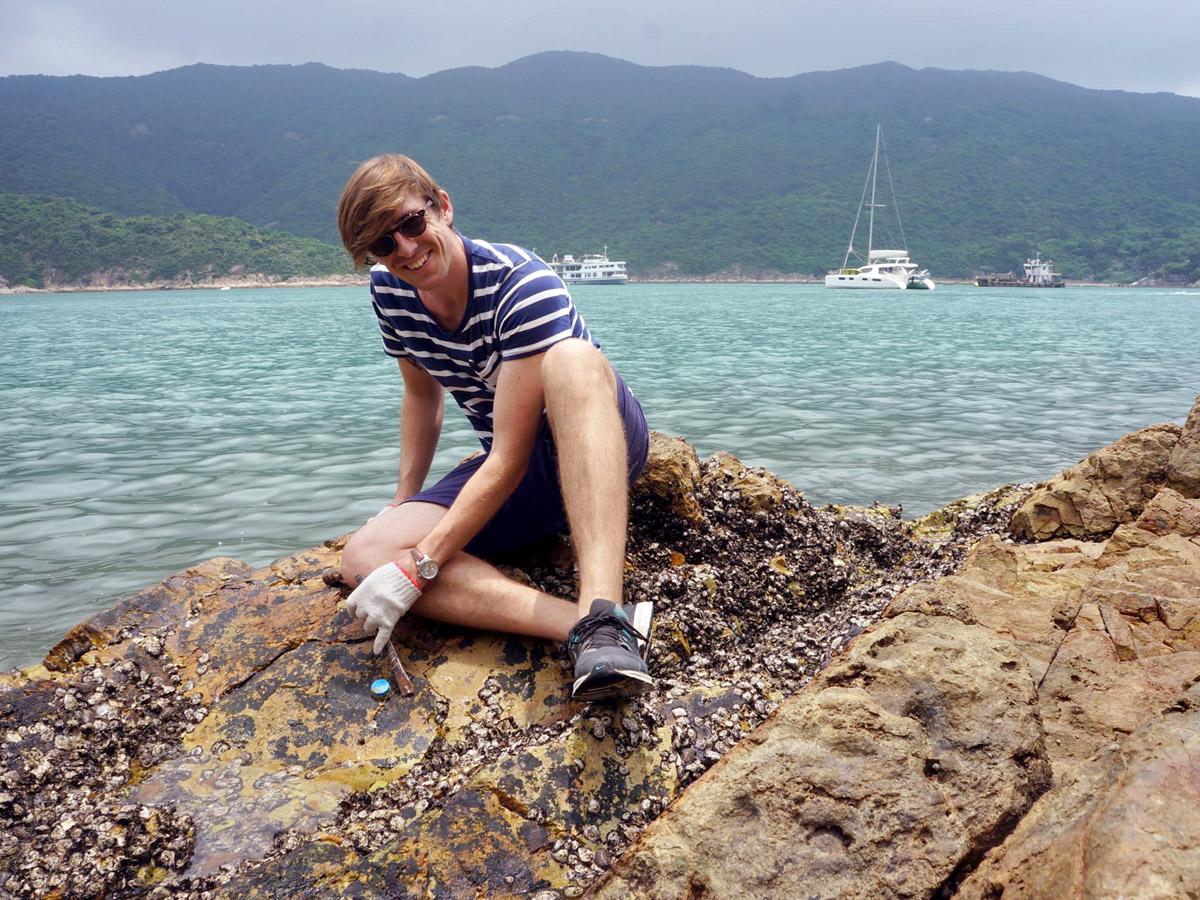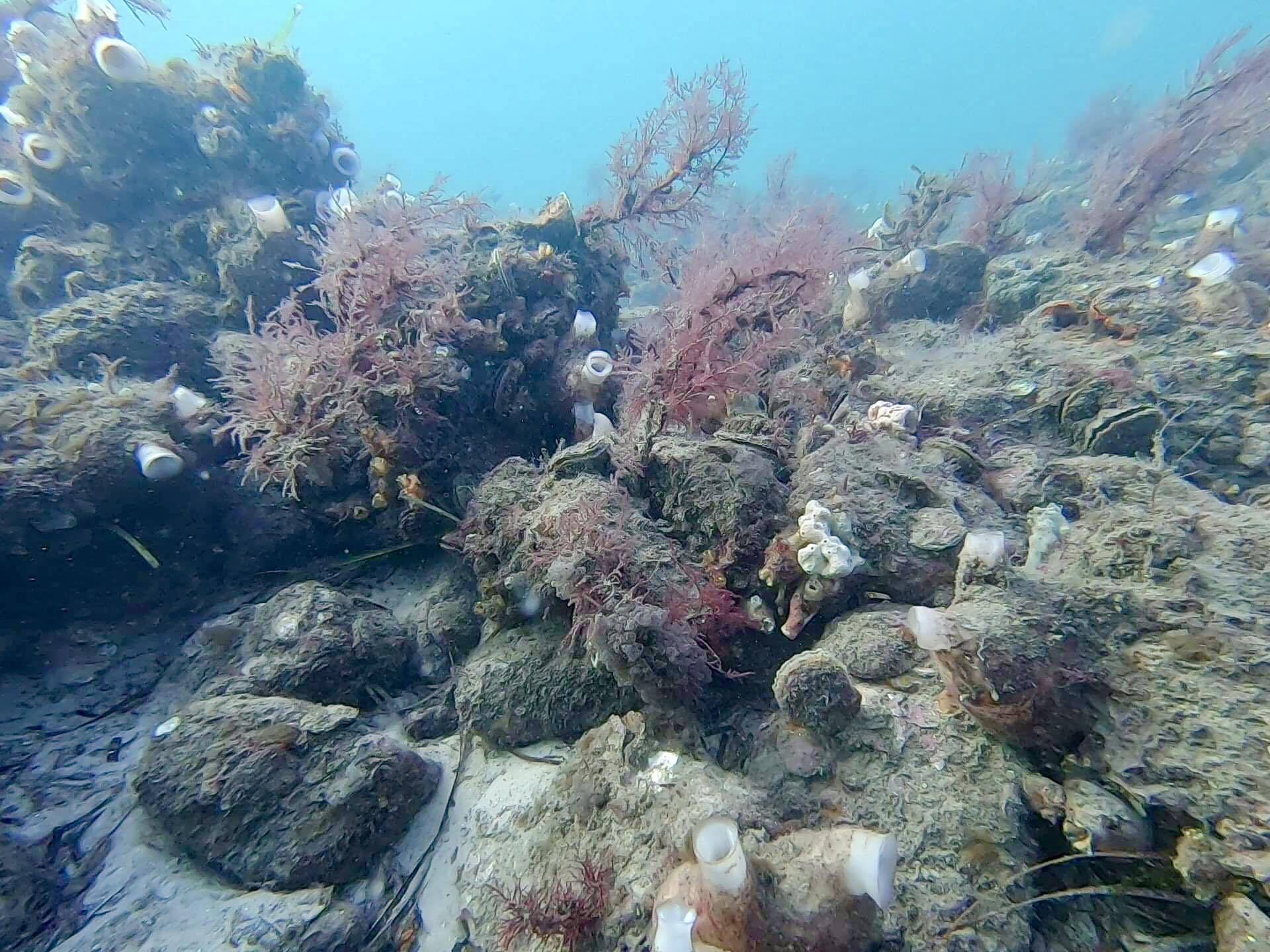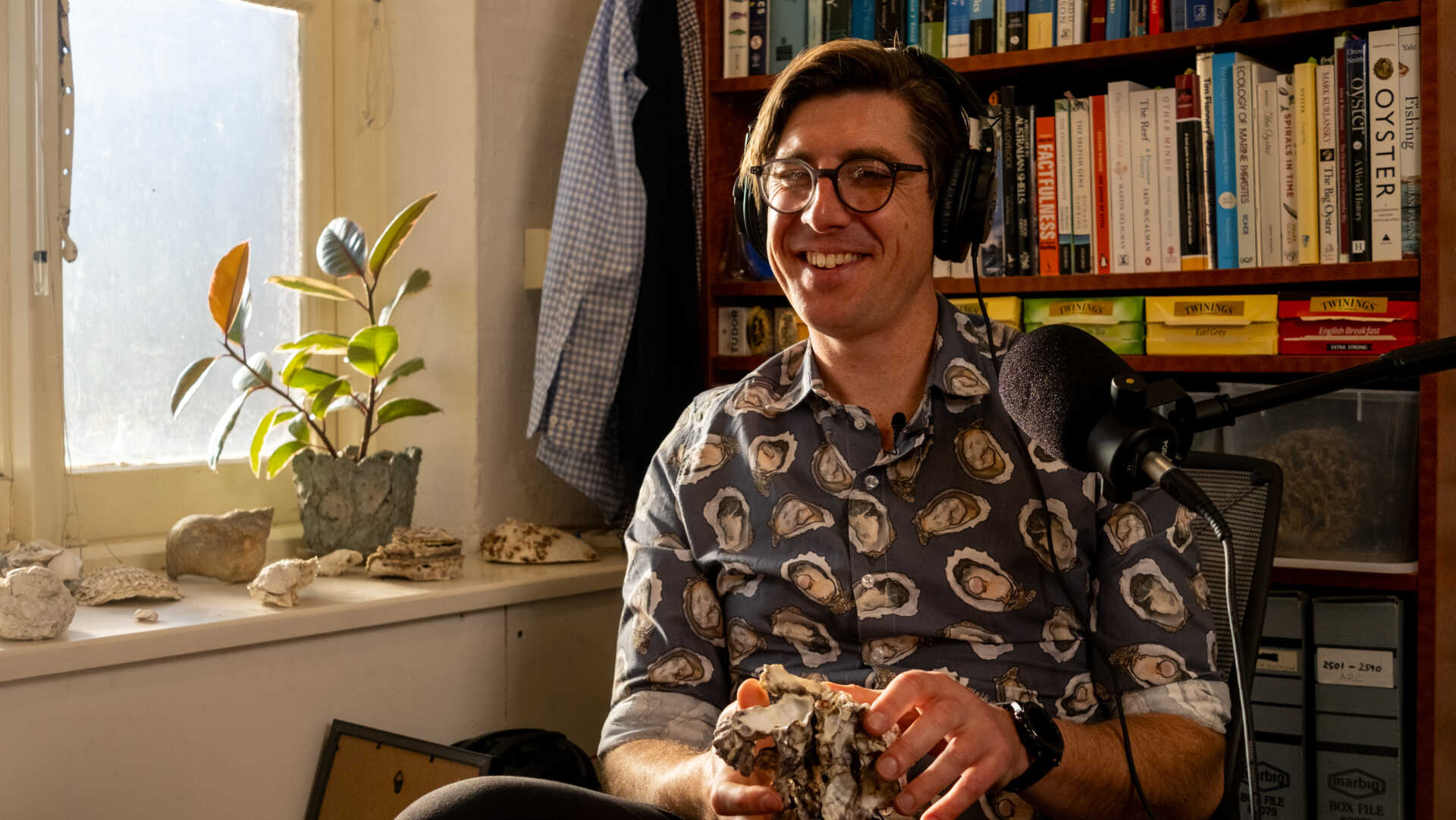Ground-breaking research making a big noise underwater for oyster restoration
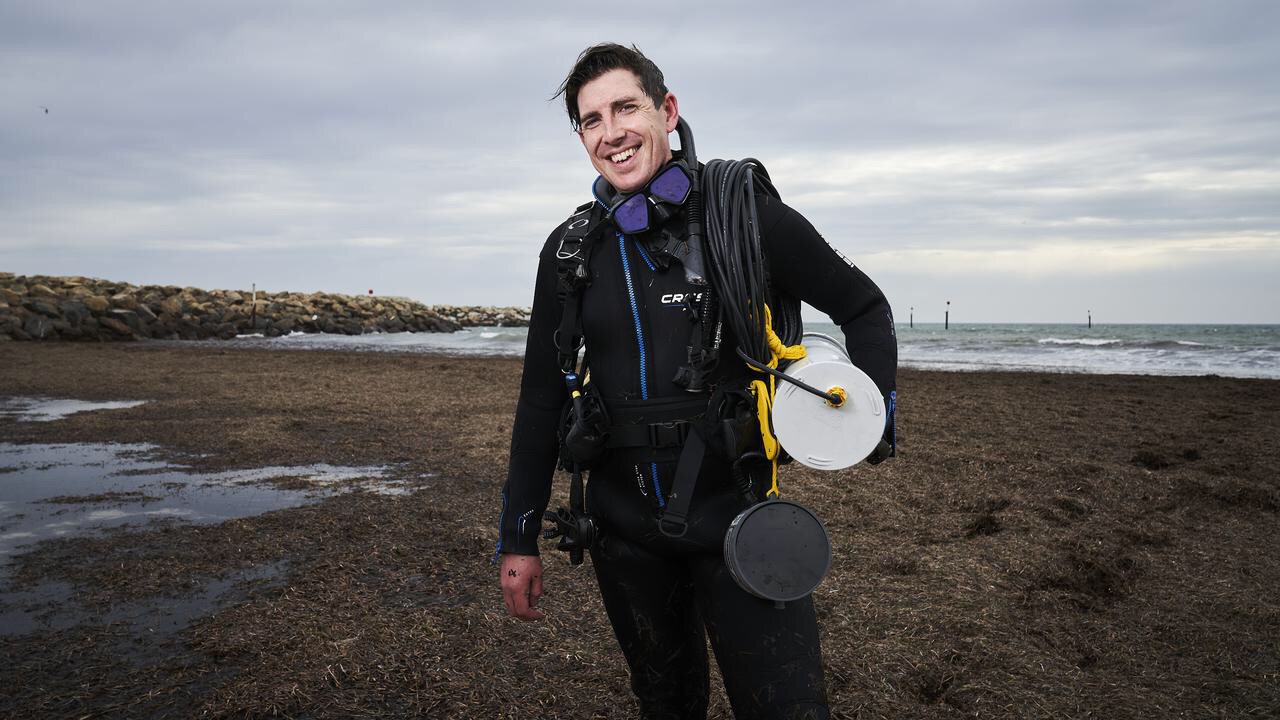
Even though oysters don’t have ears, they are still wired for sound.
University of Adelaide marine ecologist Dr Dominic Mcafee has been using novel methods as part of his attempts to restore Australia’s lost shellfish reefs and one of his more unusual discoveries is that oysters are attracted to sound.
And he knows this because he’s used underwater speakers to prove this theory.
On the latest edition of OzCast, the official podcast of OzFish Unlimited, Dr Mcafee details the unique methods that are taking place to recover shellfish reefs that have been lost in modern times.
Dr Mcafee has been at the forefront of Australia’s inaugural large-scale oyster reef restoration project, Windara Reef, on the Yorke Peninsula, on the opposite side of St Vincent Gulf from Adelaide.
Shellfish reefs before European settlement in the late 1700s spanned thousands of kilometres along Australia’s eastern coastline but it has been wiped out to a point where it is now at critically endangered levels.
“When it comes to oyster ecology, they’re the forgotten reef,” Dr Mcafee said.
“If you mention reefs, it’s synonymous with coral reefs but the oyster reefs were similarly sized. They covered something like 7000km of Australian coastline. They were massive ecosystems that have been erased from our memory.”
His research is aimed at deciphering how oysters perceive their surroundings to select optimal habitats.
And that’s how he came across the importance of sound for microscopic oyster larvae in their recruitment process.
“Forever and a day it was just considered that recruitment, this arrival of larvae to restock an ecosystem was passive, just at the whim of the tides – it’d be potluck that an organism might show up there,” he explained.
“But we now know that even these relatively simple, brainless, earless, microscopic organisms can sense light and structure, they can smell the habitat they’re recruiting to and they can even hear even though they don’t have ears.
“That’s another cue that we use for our restoration work.”
The ground-breaking nature of his research has been reflected in the attention it has generated around the world.
“We’ve been using underwater speakers to attract baby oyster larvae to our restoration sites,” he continued.
“Even though they don’t have ears they can actually sense and use sound as a cue to find a suitable place to be.
“They don’t necessarily hear the sound per se, they feel it. They interpret a component of sound called particle motion. As soundwaves move through the water they rattle little particles around them and that rattling motion actually rattles a particular sensory organism that the oyster larvae have.
“And then they can follow gradients in that rattling back to the sound source. So, we’ve played all different sounds to oyster larvae in the lab – the sounds of sedimentary plains, seagrass, degraded reefs and the sounds of really healthy rocky reefs and it’s the sounds of those healthy rocky reefs that are the most attractive.”
So it’s official – oysters like rock music.
“We’ve also played shipping noise, motorboat noise, which they don’t like at all,” he added.
“This works phenomenally well. It’s ridiculous. How can an organism respond that intensely when it doesn’t have a lot of swimming capacity, let’s be honest. Nobody knew that.
“What literature that was available prior to this work suggested that when they hear an attractive sound, the oysters will drop out of the water column, they’ll sink to the sea floor.
“Are they swimming or do they have some sort of compensatory bladder was uncertain. Is it a passive motion or are they actively swimming down there?
“So, what we did was set up what we called the oyster raceway, an eight-metre long tank, and we stuck a speaker down one end and a fake speaker at the other end, to make sure it’s scientifically rigorous, and we dropped thousands and thousands of baby oysters in the middle.
“So they had the choice essentially – swim towards the sound or swim away from it. And every single oyster larvae that left that central position swam towards the speaker.
“Some of them swam over four metres during that 12-hour period that we ran the experiment – that we repeated many times. That was quite an astonishing result. It was the first time anyone had shown that larvae will swim horizontally towards the sound source.”
When oyster larvae find an appropriate place to live, they secrete a little bit of cement and that’s where they are stuck forever.
“It’s a big decision and it’s no surprise that it’s been honed by evolution over hundreds of millions of years that they’re really quite capable of using the best environmental information to find a good place to live,” Dr Mcafee explained.
After the successful laboratory experiments, Dr Mcafee and his research team placed speakers at two of Australia’s largest shellfish restoration projects, reefs at Glenelg and Windara.
Limestone boulders were placed in the water to be the stable substrate with the speakers and within four months, it had emerged as a new oyster habitat.
“We put the speakers at multiple sites on the reefs and found that on average we had about five times more oysters settling in the presence of our speakers,” he said.
“That equated to about 17,000 more oysters per metre squared when we were playing that sound. It’s a phenomenal response.”
As these habitats re-form and grow, they generate their own underwater sound so it would probably only be useful to use speakers in those first formative months when you are trying to generate shellfish growth.
There are other methods which are being used worldwide, like hatchery breeding for oysters, but Dr Mcafee stressed there will always be different needs for the various locations based on the natural climates.
“Where these reefs were historically is probably a good benchmark (for a restoration site). That legitimises the process of restoration,” he said.
“We need to be careful in this day and age of rapid environmental change – maybe those conditions aren’t suitable anymore.
“There isn’t an end point either. These are ecosystems that will hopefully be engaged with by societies for decades to come, for multiple generations.
“It is important to have a lot of people involved in these restorations so they’re not out of sight, out of mind, so they’re actually on people’s agenda.
“My hope for the future is a more developed, widespread culture of ecosystem restoration where it’s a normal part of coastal living where you spend part of your weekend getting involved in a restoration project, giving something back.”
Researchers from countries all over the globe are sharing information which can help reverse the decline in shellfish numbers.
“We all live on the same planet, and we’ve got to restore it,” Dr Mcafee said.
“Why reinvent the wheel when you can pick up the phone or jump on zoom these days.
“Collaboration is really important. We know a lot, but we can always learn more.”

